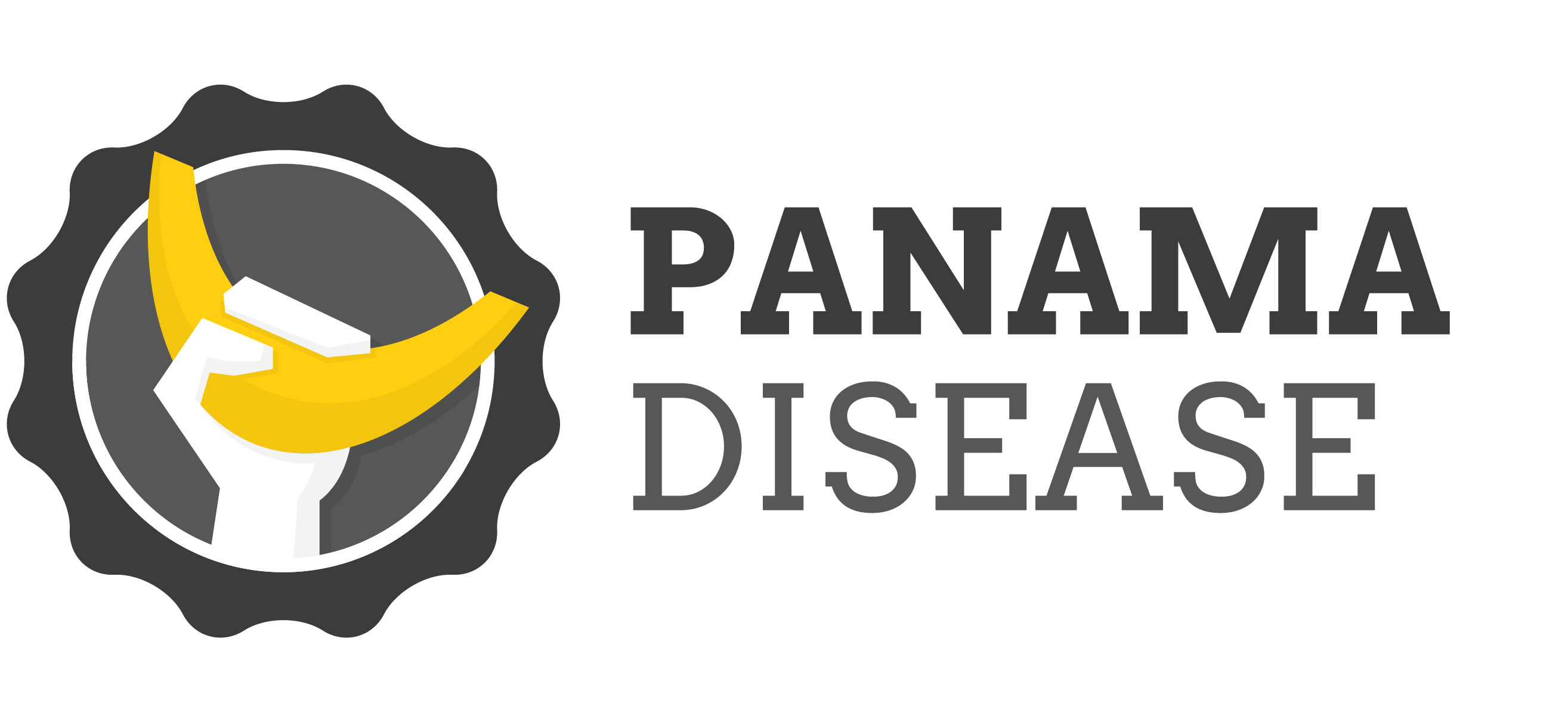PANAMA DISEASE DETECTED IN PAKISTAN AND LEBANON
Following outbreaks in Jordan and Mozambique just over a year ago, the Tropical Race 4 strain (TR4) of Fusarium oxysporum – the cause of Panama disease in Cavendish bananas – has now spread to Pakistan and Lebanon. TR4 was also reported in Queensland, Australia, on 15 March 2015. These events underline once more the extent of the threat TR4 poses to global banana production. Wageningen UR (University & Research centre) has joined forces with Asim Agriculture Farm in Pakistan and Debbane Agri Group in Lebanon to analyse samples from symptomatic plants. The results were published yesterday in the journal Plant Disease.
Pakistan
Hadi Bux Laghari from Asim Agriculture Farm in Tando Allahyar, Sindh, Pakistan, detected suspicious symptoms of wilt on banana plants and made an appeal on an online forum. The Wageningen UR scientist Gert Kema offered to analyse samples of the plant. After several experimental steps, including DNA diagnosis, isolation of the fungus and infection of healthy banana plants in a contained greenhouse at Wageningen UR, Kema’s team concluded that TR had indeed reached Pakistan. Further dissemination of the disease in the country is a grave concern: the pathogen was detected in an area which is prone to flooding and neighbours India, the world’s largest banana producer, with an annual production of nearly 30 million tonnes.
Lebanon
A similar request reached Wageningen UR via Debbane Frères in Lebanon. Despite the small affected area of just a few hectares, alert growers raised the alarm and samples were dispatched and analysed at Wageningen. Once again, the diagnosis was TR4.
More than a local issue
Kema: “It is unclear how the disease got in Pakistan, but we do know that it spreads very quickly. While the initial infected area was only six hectares, we have reports that over 100 hectares are now affected. This is more than a local issue – it is a threat to the entire region. The appearance of the pathogen in Lebanon is most likely due to local transportation of infected plants, possibly from Jordan, which underscores the need for quarantine and awareness campaigns.”
FAO requests measures to prevent further spread
The Food and Agriculture Organization (FAO) recently asked countries to take measures to prevent the spread of Panama disease. This includes training people to diagnose the fungus, improving monitoring & reporting procedures, and taking preventive and quarantine measures against further proliferation. In December 2014, experts at FAO, including Kema, discussed the current situation and called for global action against this deadly banana disease.
Panama disease
The causal agent of Panama disease is the soil-borne fungus Fusarium oxysporum f.sp. cubense. Other genotypes of the fungus, representing Race 1, devastated plantations of Gros Michel bananas in the previous century – in fact, this was one of the largest botanical epidemics of all times. Global banana production collapsed and was only saved by switching to the resistant Cavendish cultivar.
Now history is repeating itself. Panama disease was diagnosed in Cavendish bananas for the first time in Taiwan in the 1990s. A new, aggressive strain of the Fusarium fungus, colloquially called Tropical Race 4, was found to be pathogenic on the hitherto resistant billion-dollar cultivar. Since then, TR4 has spread throughout Southeast Asia.
“The recent spread to Jordan and Mozambique, and now Pakistan, Lebanon and Australia, shows that we should urgently consider options for international quarantine,” Kema says. “Further expansion of TR4 has potentially huge consequences for the food supply, as well as employment and economic stability in the international banana export sector.”
Resistant varieties
Kema and his team are currently screening large numbers of bananas for resistance to Panama disease. “There are many local banana varieties in addition to Cavendish,” Kema explains. “Our goal is to find fruits resistant to TR4 and to identify the responsible genes. Armed with this knowledge, we can start developing resistant bananas together with our partners.” A summary of the data is publicly available on panamadisease.org/en/projects. “We aim to deliver results as soon as possible to support breeders and other teams in their research,” Kema concludes.
Link to the publication: http://apsjournals.apsnet.org/toc/pdis/0/ja
Please contact Gert Kema for further questions.

Recent Comments